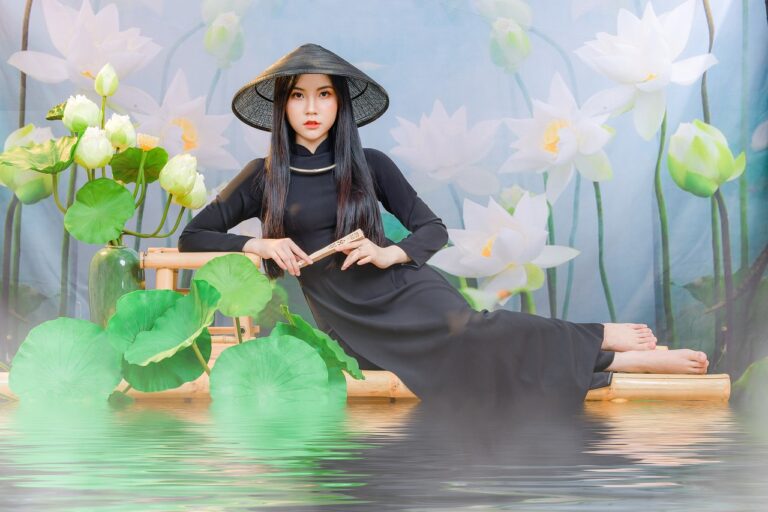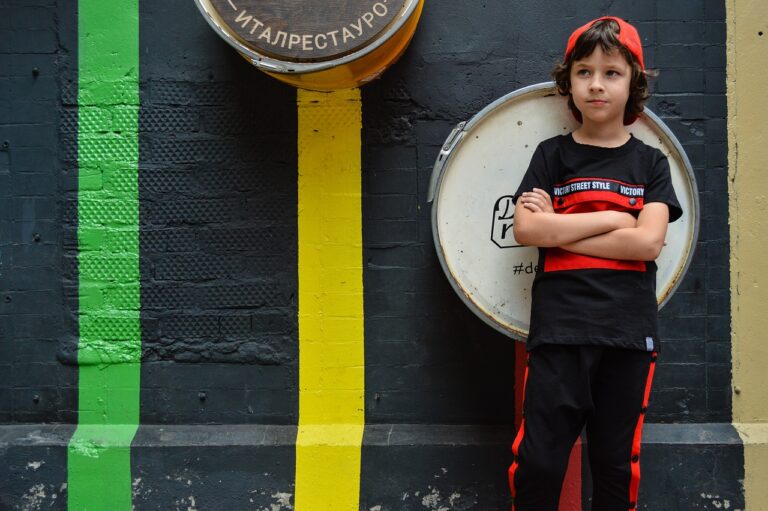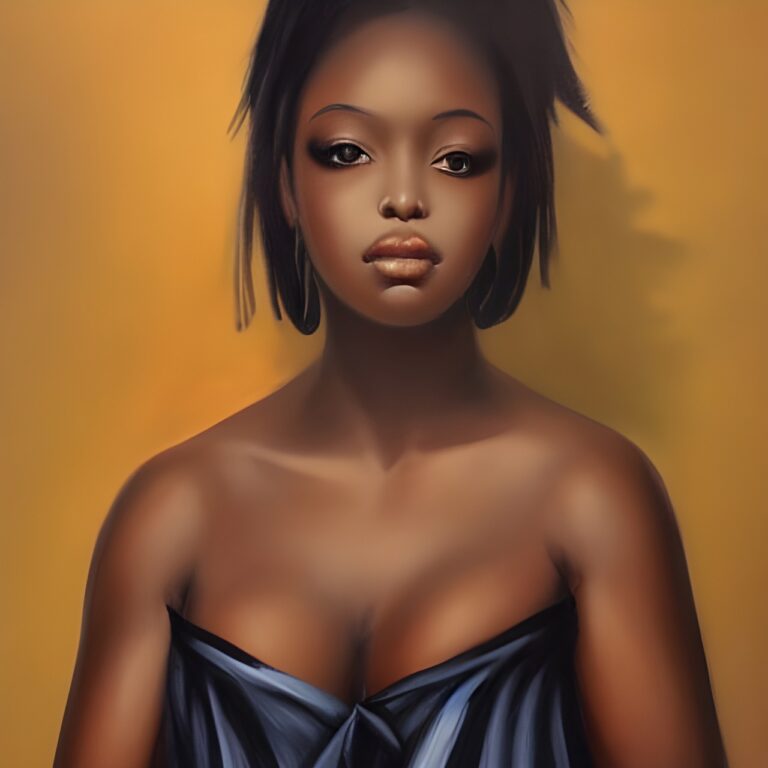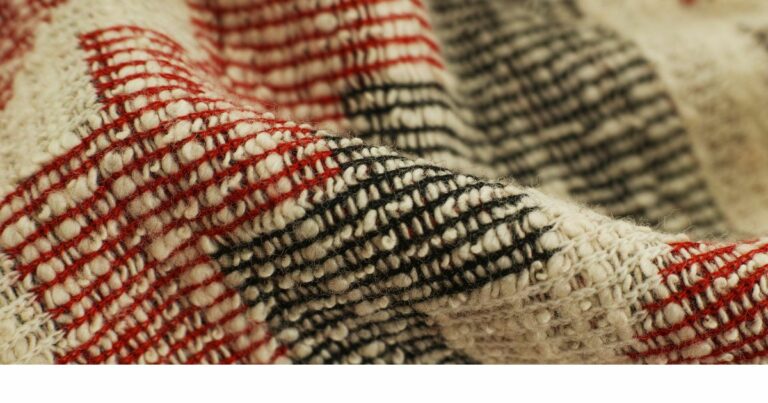Fashion and Cultural Revival: Celebrating Traditional Garments in Modern Contexts
Traditional garments play a pivotal role in shaping cultural identity across the globe. These garments are not just pieces of fabric but symbolic representations of a community’s history, values, and beliefs. They serve as a visual language, communicating rich narratives that have been passed down through generations.
In many cultures, traditional garments are worn during significant ceremonies and events, reinforcing a sense of belonging and shared heritage. Through the intricate designs, colors, and motifs of these garments, individuals express pride in their cultural roots and show reverence for their ancestors. The act of donning traditional attire is a way to honor traditions and uphold customs that have withstood the test of time, preserving a collective identity that is both unique and unifying.
• Traditional garments are symbolic representations of a community’s history, values, and beliefs.
• They serve as a visual language, communicating rich narratives passed down through generations.
• Wearing traditional garments during ceremonies and events reinforces a sense of belonging and shared heritage.
• The intricate designs, colors, and motifs express pride in cultural roots and reverence for ancestors.
• Donning traditional attire is a way to honor traditions and uphold customs that have stood the test of time.
Adapting Traditional Garments to Contemporary Fashion Trends
Traditional garments hold a significant place in many cultures around the world, serving as symbols of heritage and identity. As fashion trends evolve rapidly, there is a growing interest in adapting these traditional garments to suit contemporary styles. This fusion of past and present allows for a unique expression of culture through clothing, bridging the gap between tradition and modernity.
Incorporating traditional garments into contemporary fashion not only adds a touch of cultural richness to one’s wardrobe but also promotes diversity and inclusivity in the fashion industry. By blending the intricate designs and craftsmanship of traditional attire with modern silhouettes and materials, designers create pieces that resonate with a global audience while honoring the roots from which these garments originate. This cross-pollination of styles not only breathes new life into age-old traditions but also celebrates cultural diversity in a visually captivating way.
Exploring the History Behind Traditional Garments
Traditional garments hold a rich history that dates back centuries in various cultures around the world. These garments have often served as symbols of cultural heritage, embodying the values, beliefs, and traditions of a particular community. The intricate designs, patterns, and materials used in traditional garments often carry significant meanings that reflect the history and customs of the society they originate from.
Through the study of traditional garments, one can gain insights into the cultural evolution and societal norms of different regions. The way in which traditional garments are made, worn, and passed down from generation to generation can reveal a great deal about the values and beliefs that have shaped a community over time. Exploring the history behind traditional garments not only offers a glimpse into the past but also helps to preserve and celebrate the cultural identity of a people.
Why are traditional garments important in cultural identity?
Traditional garments often hold symbolic value and are passed down through generations, representing a community’s history and values.
How have traditional garments been adapted to contemporary fashion trends?
Designers and fashion enthusiasts often incorporate elements of traditional garments into modern designs, creating a fusion of the past and present.
What can we learn from exploring the history behind traditional garments?
By delving into the origins and evolution of traditional garments, we gain insight into the cultural practices, beliefs, and craftsmanship of different societies.






